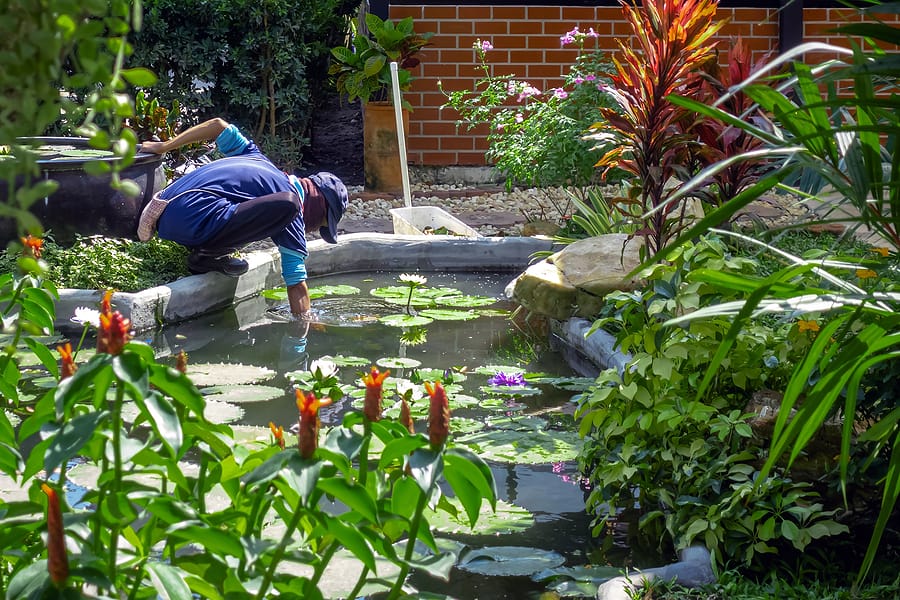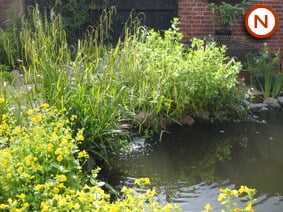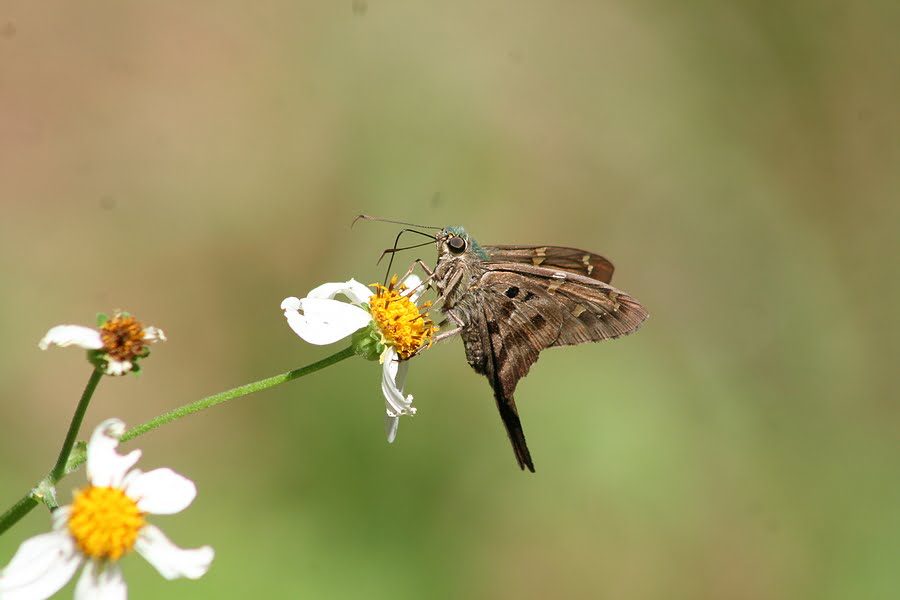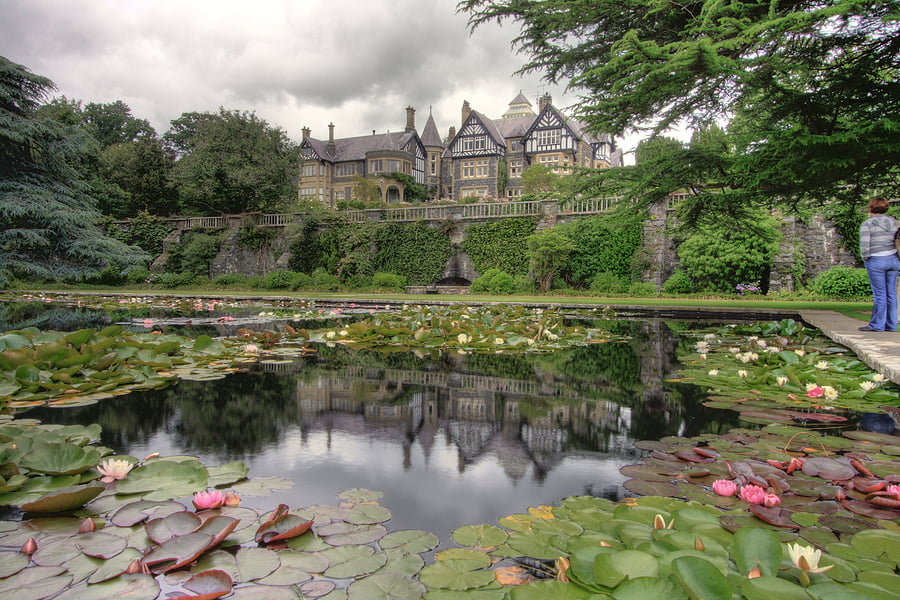
Top Tips For Fixing Common Pond Issues
17th March 2022
Invasive Pond Plants To Watch Out For
26th April 2022When it comes to pond plants, many people will automatically think of floating plants like water lilies. However, marginal plants are also an important feature of a garden pond. Here’s a guide to why your pond needs them, and what to consider when choosing them.
What are marginal pond plants?
The term refers to plants that grow on the shallow tiers or shelves around the edge of a pond. This type of plant will have its roots or rhizomes submerged below the water, with most of the foliage above. They can also grow in waterlogged or boggy soil around the surrounding areas of the pond (plants specifically for this purpose are called bog plants and conversely cannot grow in the pond).
They serve an aesthetic purpose, softening the edges of the pond and providing a more gradual transition from the land. They also have an ecological function, with some helping to oxygenate the pond, and all providing shelter for aquatic wildlife and attracting useful insects.
Another less recognised but very important benefit is that they help combat the growth of all forms of algae. They do this in two ways: firstly by sucking excess nutrients out of the water during the growing season; and secondly by encouraging the growth of aerobic bacteria that colonise their roots systems which in turn also consume nutrients in the water.
Therefore, when choosing your plants, consider both the visual appeal—do they provide complementary colours, textures, sizes and flowering times?—and also the balance and diversity of your pond’s ecosystem. A good mix of plants will mean clearer water, healthier and diverse wildlife, and less work for you!
Why do ponds need oxygenating plants?
Oxygenating plants help to keep the pond healthy, by producing oxygen and absorbing excess nutrients. Because they absorb nutrients such as nitrates in the water, they also inhibit the growth of algae, which can stifle a pond in the summer months if left unchecked.
Which marginal plants should I pick?
There’s plenty of choice when it comes to marginals. It’s a good idea to have a mixture, to encourage biodiversity and maximise the flowering season.
All our marginals are fully hardy, and whilst most die back over winter a few are evergreen, in particular the juncus species, so Hard rush, Soft rush and Corkscrew rush. Of those that are not evergreen some can have quite attractive winter forms such as the Typhas (Reedmace, Narrow reedmace, Small reedmace, Gracilis and Laxmanii) and in particular Common cotton grass, whose foliage turns to a mixture of rusty/coppery colours with hints of green.
When it comes to aesthetics, obviously this is a personal choice. Many people like to have a mixture of taller plants, such as Reeds and rushes, Yellow flag iris or Purple loosestrife, and smaller ones, such as the Lesser spearwort, Marsh marigold or Water forget-me-not. Also consider how well the colours of flowers, shapes of leaves, and so on, will work together, and with the rest of your garden.
Don’t forget to consider the size of your pond. Too many tall bulky plants around the margins of a small pond will crowd it, and spoil the proportions. On the other hand, a few low growing marginals in a large pond will look too sparse.
How should I plant marginals?
Always plant marginals in an aquatic basket which contains the soil, whilst allowing the plants to take nutrient and oxygen from the water. Regular garden topsoil or compost will add too many nutrients to your pond and should be avoided, so choose a specially prepared aquatic compost or if cost is an issue use garden subsoil.
Leave space at the top of the basket for a 1cm layer of aquatic gravel (2cm if you have fish) as this will stop the soil from washing out of the basket, clouding the pond and adding to the nutrient load.
Finally, lower the plant onto the shelf, and make sure that the soil is submerged, and the foliage of the plant is above the surface. Whilst all marginals have planting depth ranges, eg. 0-15cm, it is best to keep young plants shallow (basket just below the surface) until established, and as a rule of thumb a young plant should go no deeper than 1/3 of its maximum depth. Depth referred to is from the top of the basket to the surface. Maximum depth is not a target, basically nearly all marginals will be happy as long as their feet are wet!





